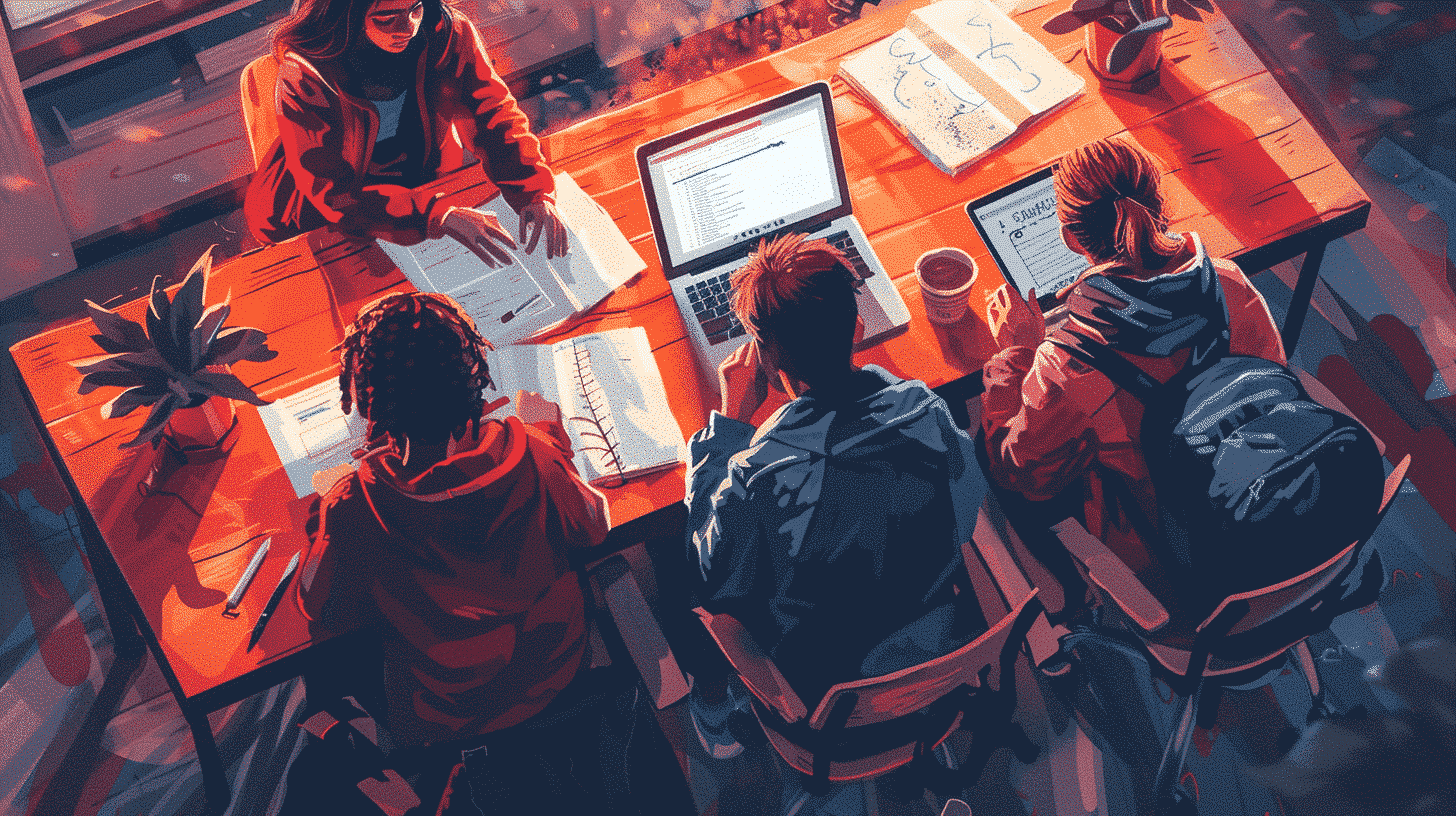Historical Origins of the Slovenian Language
Slovenian belongs to the South Slavic branch of the Slavic language family, sharing roots with Croatian, Serbian, and Bulgarian. Its origins date back to the early medieval period, evolving from the Proto-Slavic language spoken by the Slavic tribes who settled in the Eastern Alps region around the 6th century.
Early Written Records
The earliest known written records of Slovenian trace back to the 10th century, though these were primarily religious texts in Latin. The first significant Slovenian literary work is considered to be the *Freising Manuscripts* (Brižinski spomeniki), dating from around 972-1022 AD. These manuscripts are among the oldest surviving documents written in a Slavic language using the Latin alphabet and represent a crucial linguistic landmark.
Standardization of Slovenian
The standardization of the Slovenian language was a pivotal milestone, primarily achieved in the 19th century during the national revival movement. The work of linguists and writers like Primož Trubar, who authored the first books in Slovenian in the 16th century, laid the foundation for a unified literary language. Trubar’s translation of the Bible into Slovenian in 1550 was instrumental in fostering linguistic cohesion.
Key Linguistic Features and Grammar Landmarks
Slovenian is noted for its complex grammar system, which includes distinctive features uncommon in many other European languages. Understanding these elements is essential for learners and linguists alike.
Dual Number
One of the most remarkable landmarks in Slovenian grammar is the presence of the dual number, a grammatical number category that specifically denotes two items, distinct from singular and plural. This feature is rare globally and unique among Slavic languages.
- Usage: Applied to nouns, pronouns, verbs, and adjectives when referring to exactly two objects or persons.
- Example: “Roka” (hand) – singular; “Roki” (two hands) – dual; “Roke” (hands, more than two) – plural.
Case System
Slovenian uses six grammatical cases, shaping the endings of nouns, pronouns, and adjectives to indicate their syntactic function:
- Nominative
- Genitive
- Dative
- Accusative
- Locative
- Instrumental
This case system is a key landmark that influences sentence structure and meaning, requiring learners to develop a strong understanding of morphological changes.
Dialectal Diversity: A Linguistic Landmark
Slovenia is home to a remarkable variety of dialects, which are often classified into seven main groups. These dialects are a rich linguistic treasure, reflecting Slovenia’s geographic and cultural diversity.
The Seven Dialect Groups
Each dialect group has unique phonological, lexical, and grammatical traits, some differing significantly from Standard Slovenian:
- Carinthian
- Upper Carniolan
- Lower Carniolan
- Styrian
- Prekmurje
- Resian
- Inner Carniolan
Significance of Dialects
– Dialects preserve archaic features lost in the standard language.
– They reflect historical influences from neighboring languages such as German, Hungarian, and Italian.
– Dialectal variation represents a linguistic landmark demonstrating Slovenian’s adaptability and regional identity.
Slovenian Language in Literature and Education
The development of Slovenian as a literary language and its integration into education systems mark important cultural and linguistic landmarks.
Literary Milestones
– Primož Trubar’s works in the 16th century established written Slovenian.
– France Prešeren, the 19th-century national poet, elevated Slovenian literature with his poetry, influencing language prestige and national identity.
– Modern Slovenian literature continues to contribute to the language’s evolution and vitality.
Language in Education
Slovenian is the official language of education in Slovenia. The integration of Slovenian language studies in schools, universities, and language institutes is a significant landmark, ensuring the language’s preservation and growth. Efforts to promote Slovenian as a second language, supported by digital platforms like Talkpal, enable learners worldwide to access quality Slovenian language education.
Modern Technological and Digital Landmarks
The rise of technology has also influenced the Slovenian language landscape.
Digital Language Resources
– Online dictionaries, grammar guides, and language apps like Talkpal have revolutionized the way Slovenian is learned and taught.
– Language corpora and databases help linguists analyze contemporary usage and historical evolution.
Language Policy and Preservation
– The Slovenian government actively supports language preservation through policies that promote Slovenian in media, education, and public life.
– Digital archives and linguistic research projects ensure the language’s vitality amid globalization.
Conclusion
The landmarks in the Slovenian language—from its ancient manuscripts and unique dual number grammar to its rich dialectal diversity and modern digital resources—paint a comprehensive picture of a vibrant and evolving linguistic identity. For learners and enthusiasts, understanding these landmarks is crucial to appreciating Slovenian’s depth and beauty. Utilizing innovative platforms like Talkpal can make mastering this fascinating language accessible and engaging, bridging historical richness with contemporary learning methods. By exploring these linguistic milestones, one can gain not only proficiency but also a deeper cultural connection to Slovenia and its people.










